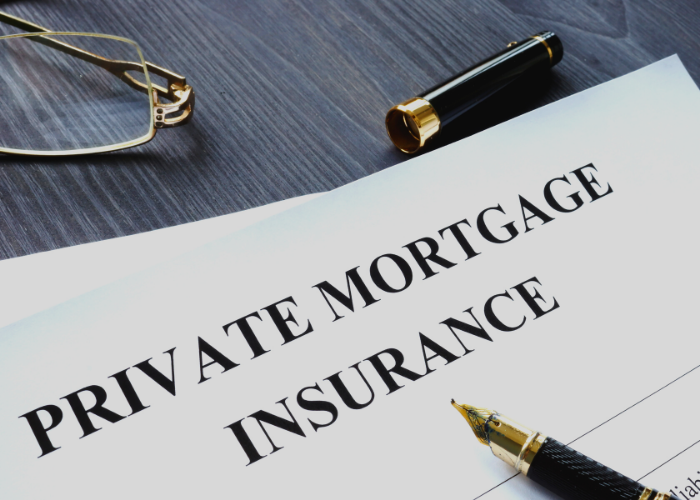
You might have to pay private mortgage insurance, or PMI if you require a mortgage to buy a house but lack the money to put down a 20% deposit.
What precisely is PMI then? Similar to how homeowners insurance safeguards you if something goes wrong with your house, PMI safeguards your lender against loan default.
Who needs private mortgage insurance?
Private and public mortgage insurance are both available. You must pay mortgage insurance to the government if your loan is insured by the government, such as an FHA loan. You must pay private mortgage insurance (PMI) to a business organization if your loan is not covered by the government.
If a buyer puts less than 20% of the value of the home as a down payment, lenders frequently demand PMI from them. The explanation is that lenders want to safeguard themselves against mortgage failure and foreclosure, which they believe buyers with less money invested in a house are more likely to do. It is the cost of only requiring a down payment of 3.5 percent when purchasing a home (which is the minimum required for an FHA loan).
If you do fall behind on your mortgage payments, PMI provides benefits to your lender to make up for the shortfall.
How much does private mortgage insurance cost?
Between 0.3 percent and 1.15 percent of your mortgage should be allocated to PMI payments. You can pay your lender's PMI loan premiums in monthly installments, upfront at the time of your property's closing, or by adding them to the cost of your loan. Monthly payments are the most frequent way to do this. Ask about the PMI options available from your lender. After that, contrast your objectives for home ownership with the outcomes of your long- and short-term mathematical computations.
How to get rid of private mortgage insurance?
You can ask your lender to revoke your PMI after your house has at least 20% equity. The lender must immediately terminate the insurance once you reach 22 percent equity.
Mortgage insurance payments, however, will be required for the whole term of an FHA loan. However, these payments only remain that long if you carry the loan until the end; if you have at least 20% equity, you may still refinance out of an FHA loan and into a different mortgage with no PMI.
How to avoid private mortgage insurance?
PMI payments are not always required if your loan is not guaranteed by the government. By doing the following actions, you might be able to avoid paying PMI:
- Paying a higher interest rate. This is known as lender-paid PMI. Keep in mind this can’t be canceled and you’ll need to refinance to get a lower rate.
- Using a piggyback loan to cover all or part of the down payment. Piggyback loans come with a higher interest rate, so use caution and do the math.
- Reappraising your house if you think property values and updates have boosted your equity (be aware you’ll need to foot the appraisal bill).
Finally, even if the buyer has less than a 20% down payment, some lenders may not mandate PMI for specific loan programs. These loans typically have excellent credit criteria as well. For further information, speak to your lender.
Since the Mortgage Forgiveness Debt Relief Act of 2007 (MFDRA), PMI has been tax-deductible, and it still is. Yes, you will need to itemize your deductions, but if you do, here is an estimate of how much money you will save: If you earn $100,000 and put down 5% on a $200,000 home, you will pay around $1,500 in annual PMI premiums—and lower your taxable income by $1,500.
If you need help, click here to ask me any questions about real estate.




